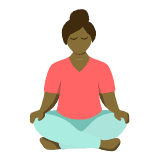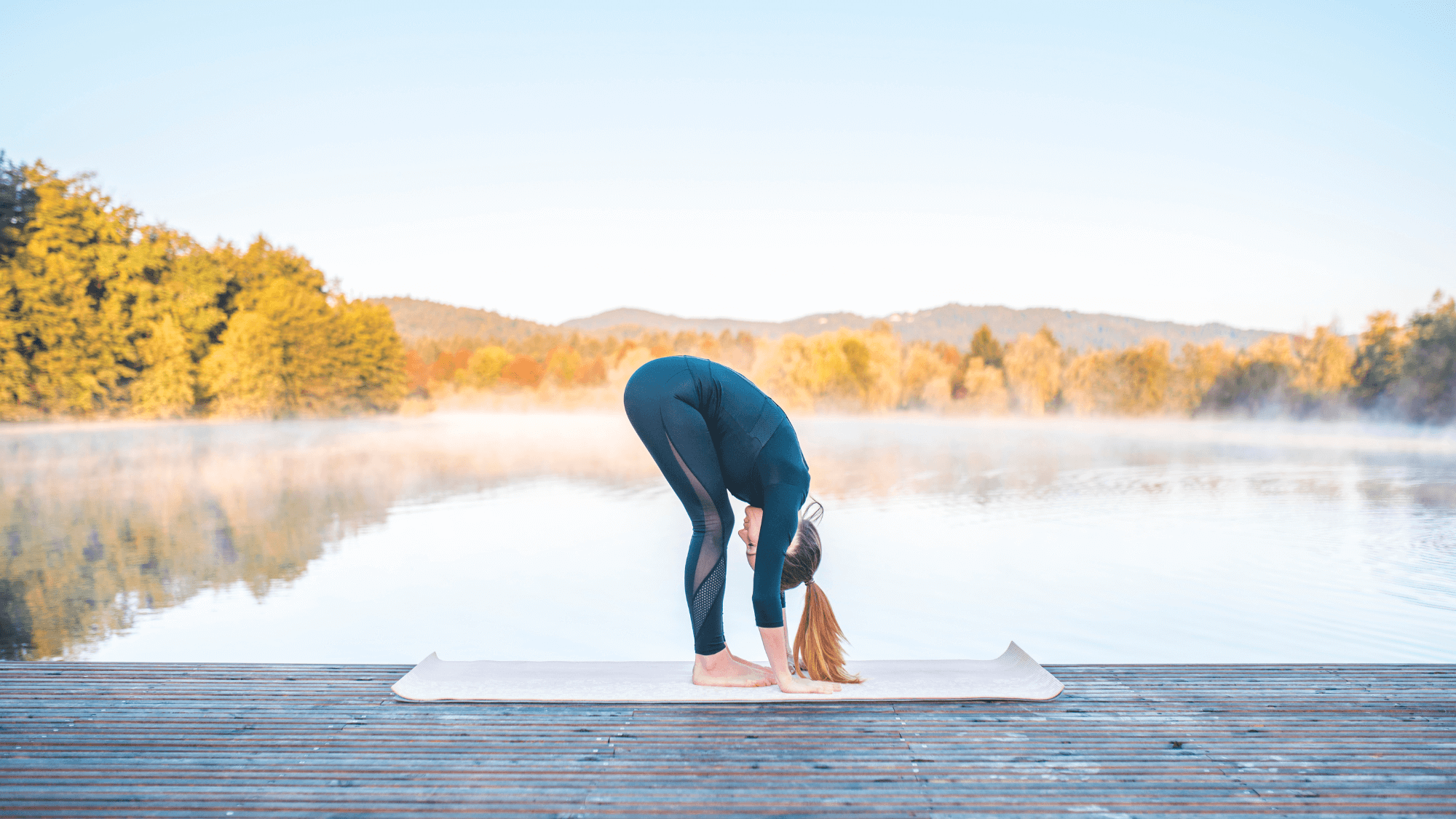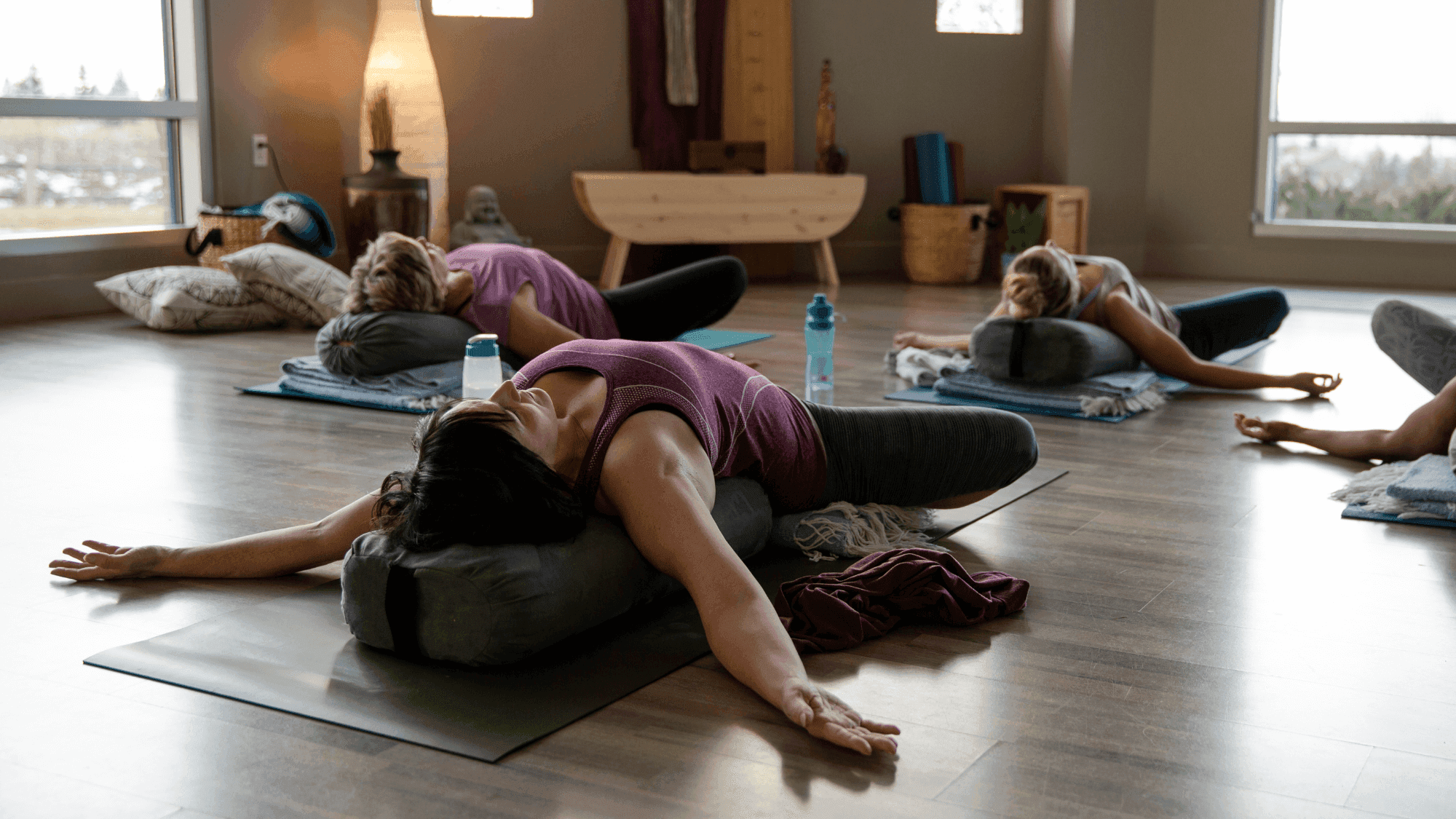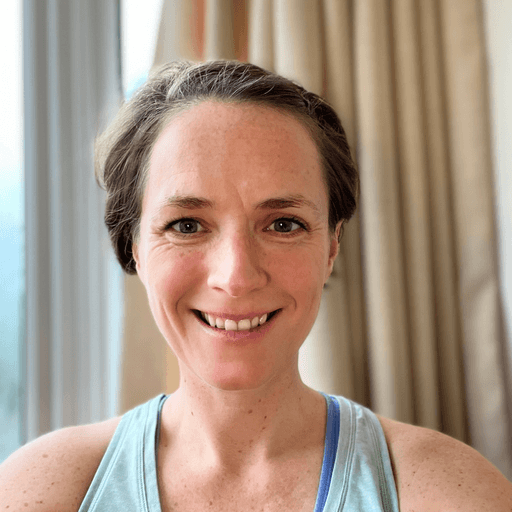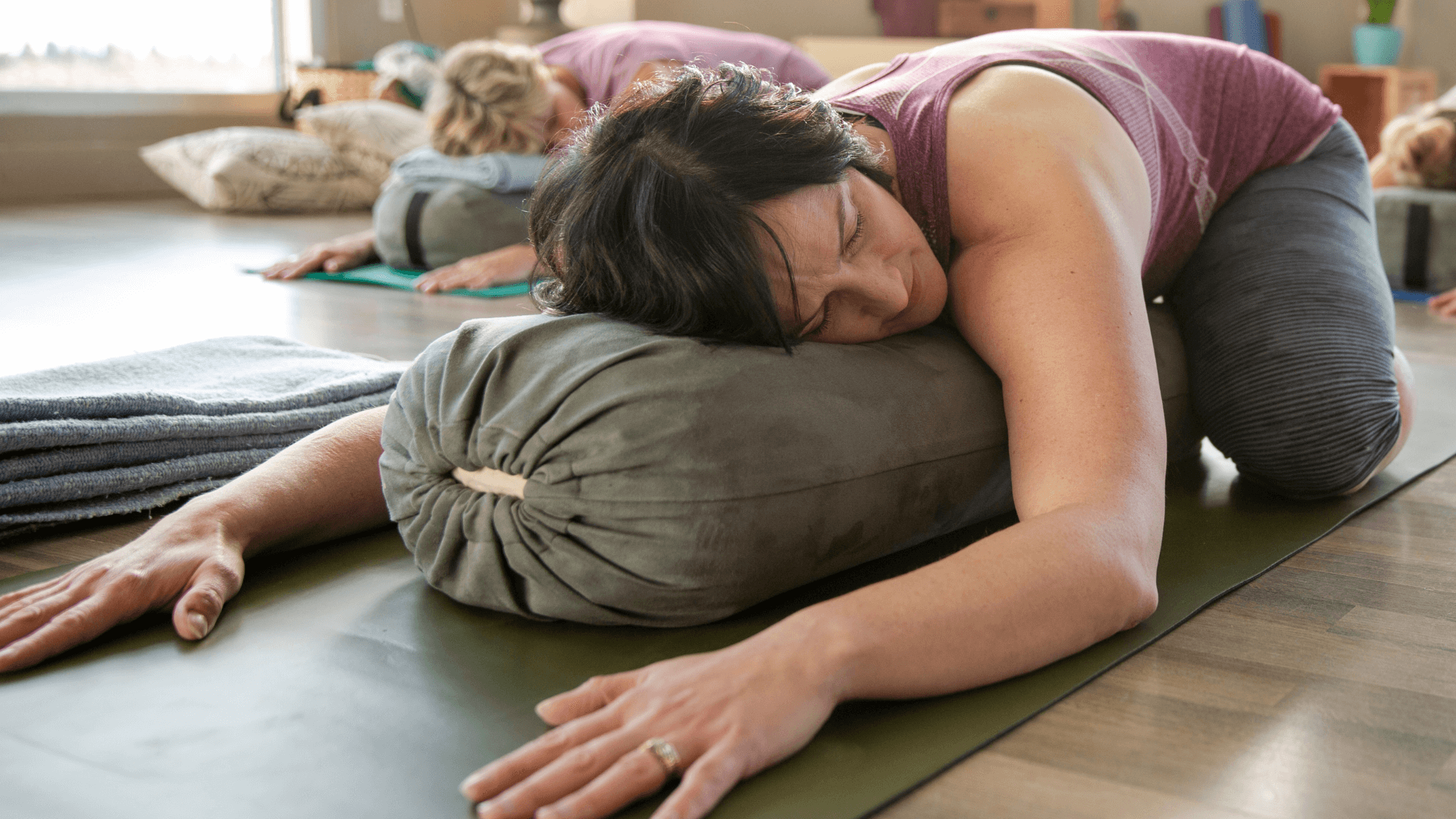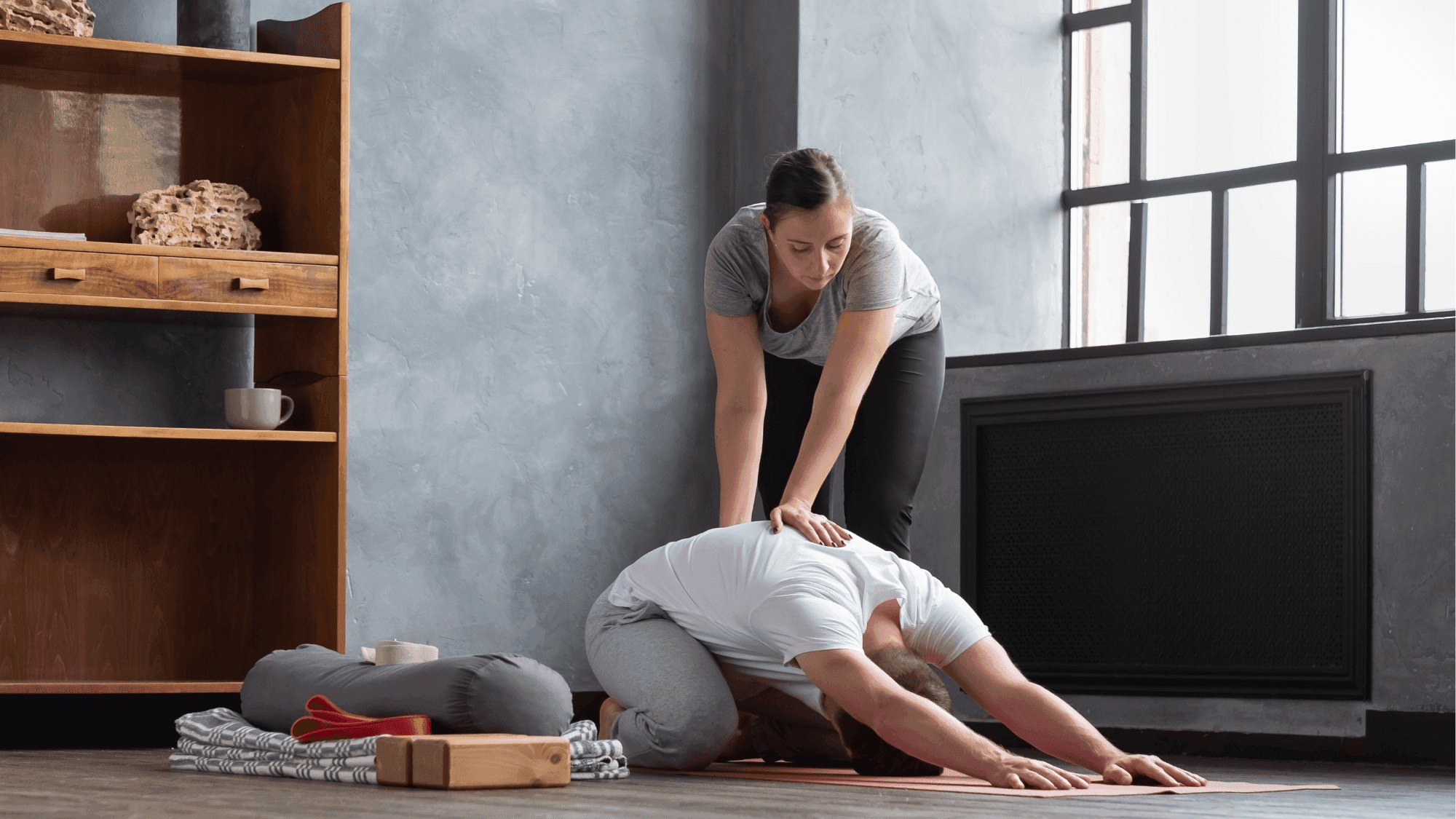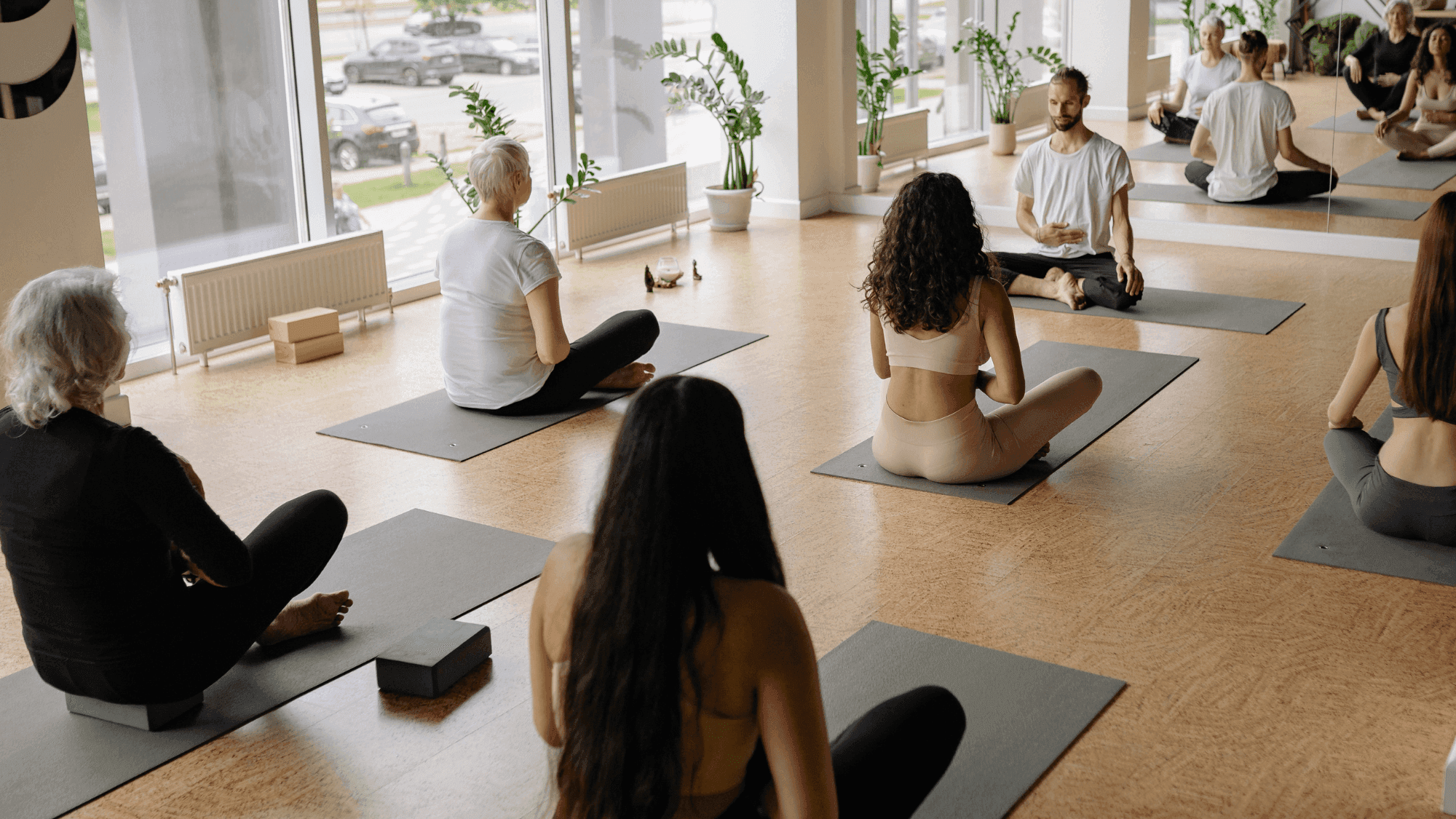
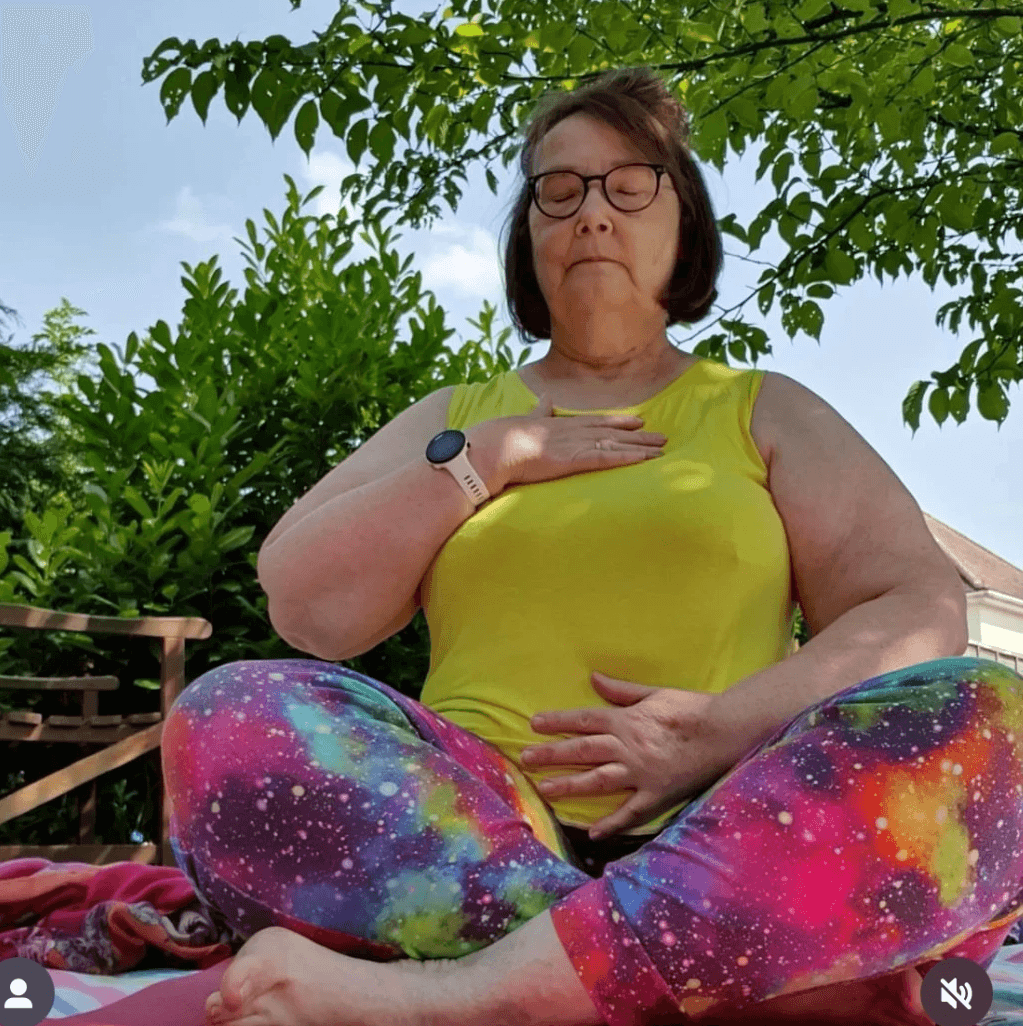

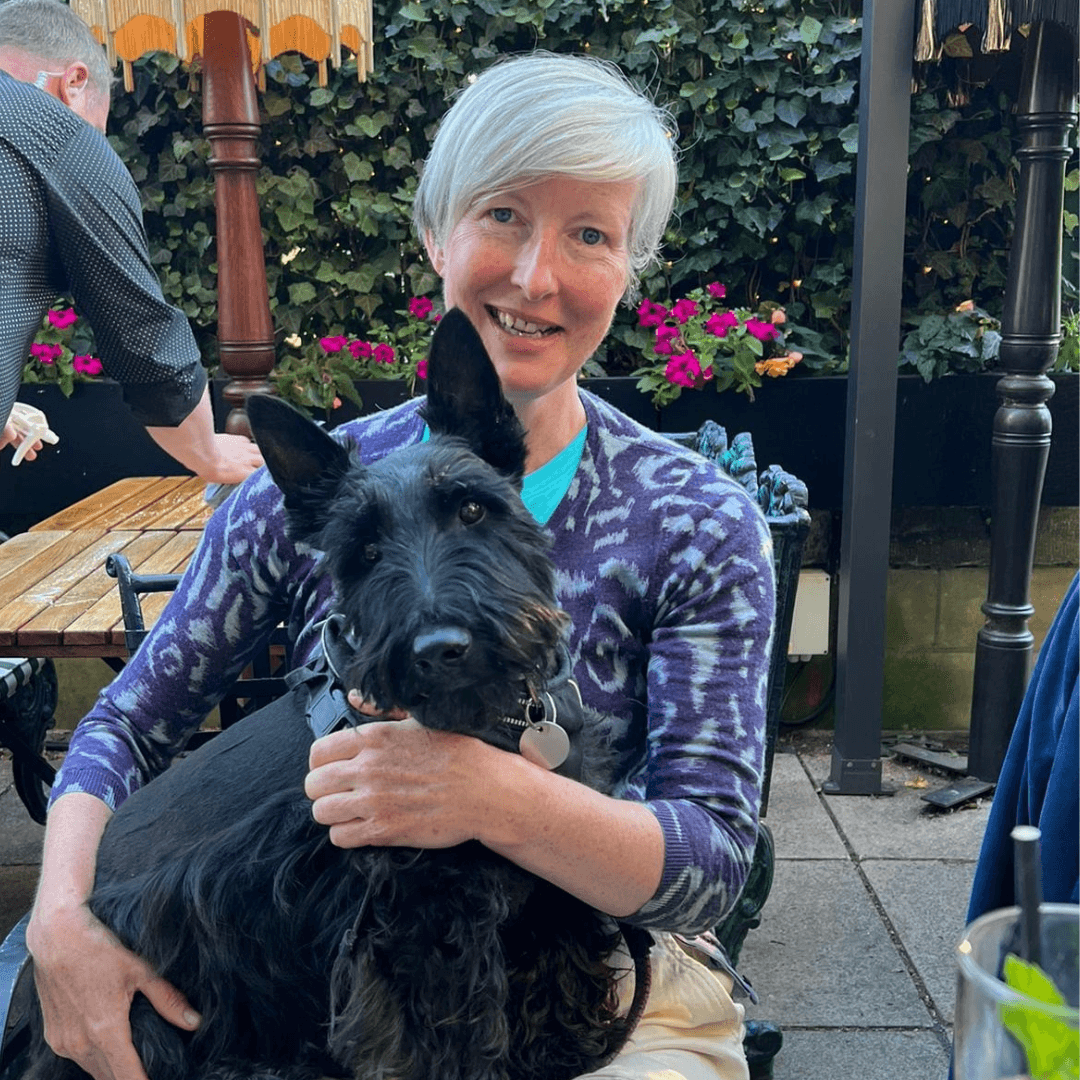

5.0
from 200+ reviews
Resources
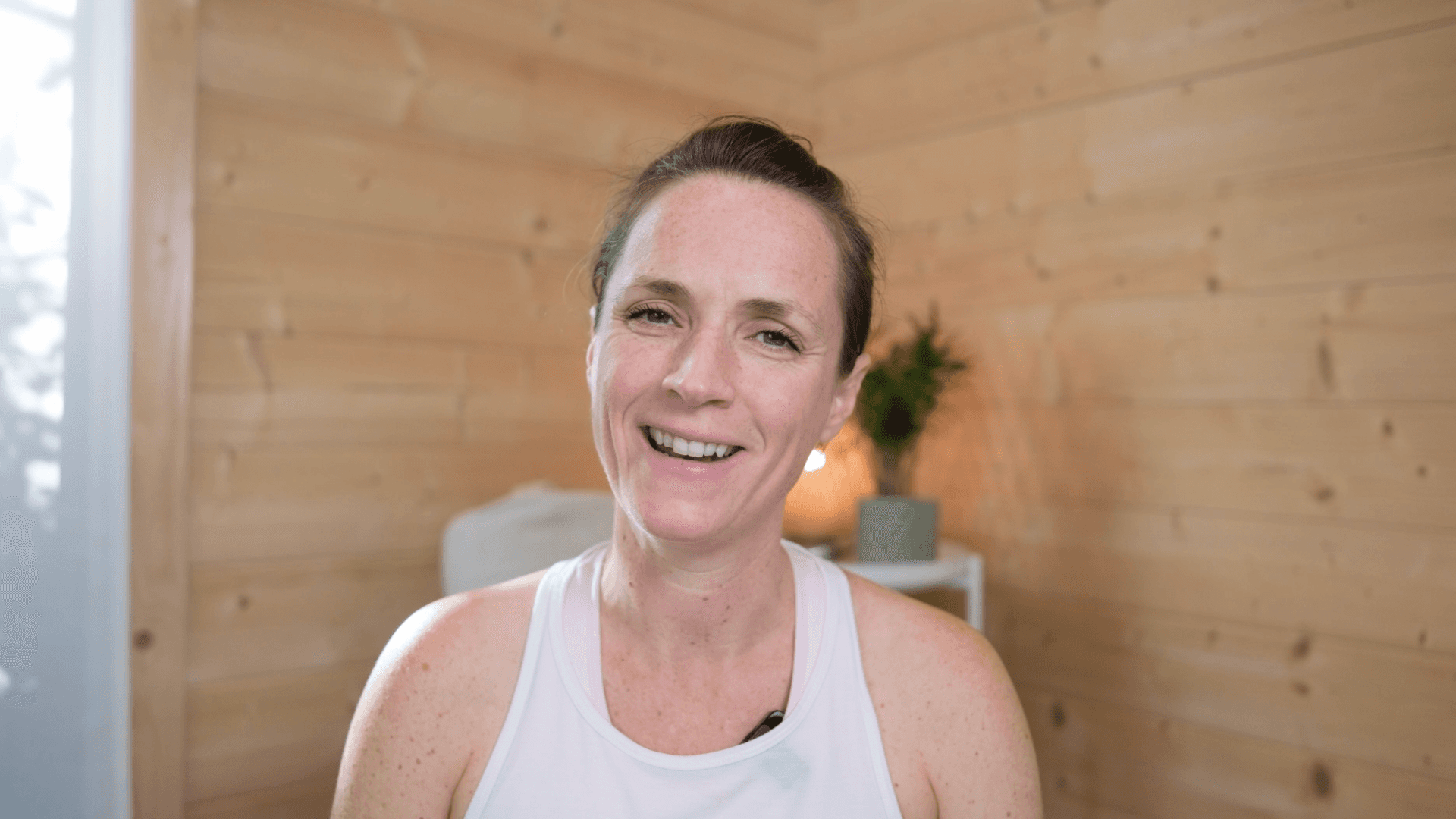
Who are we
A community making yoga personal, supportive, and transformative.
Watch video
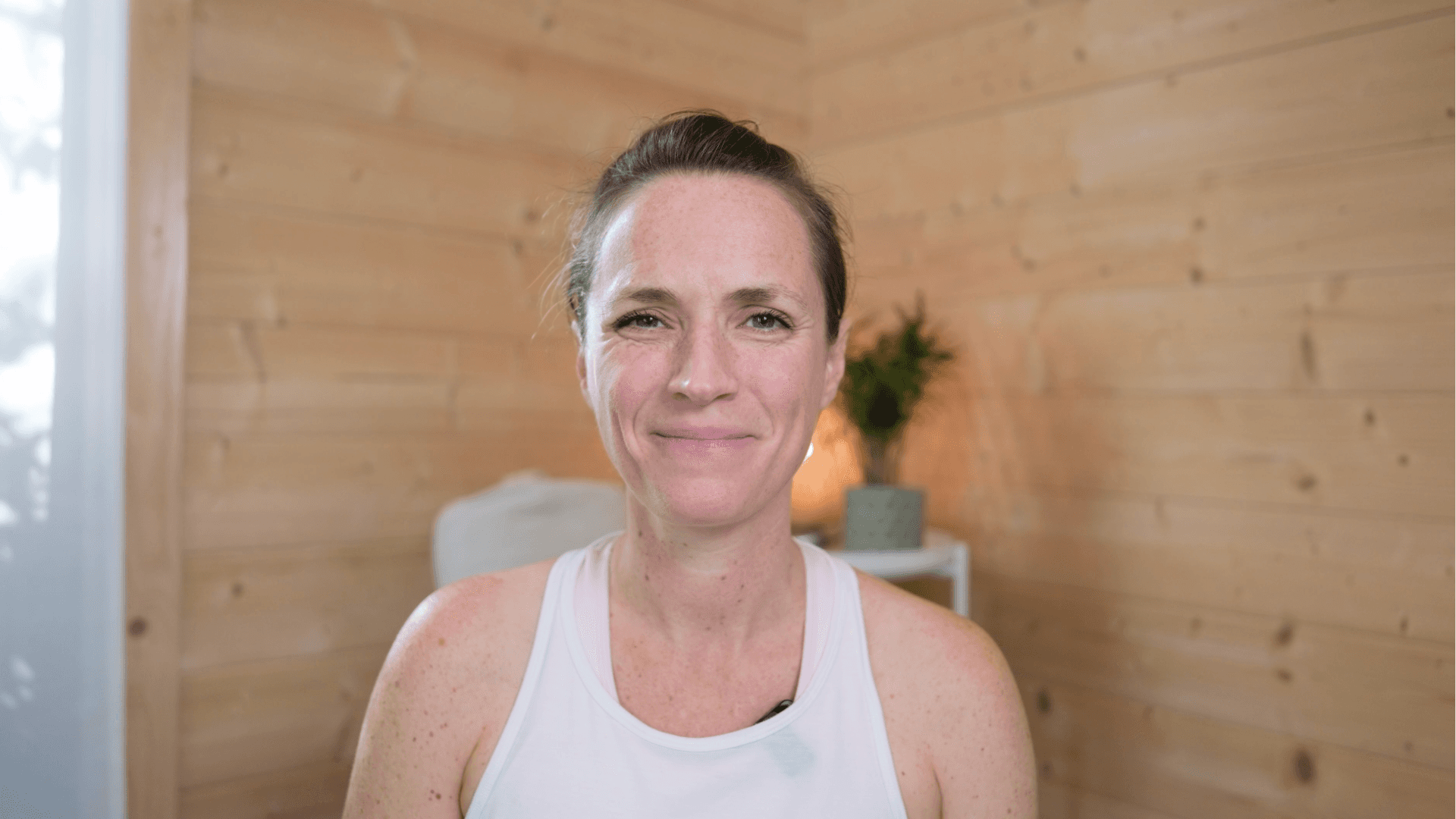
How to get started
Your journey begins with 15 days free. Simple steps, lasting change.
Watch video
4 Simple Tests for Living Longer
How yoga can help you stay strong, mobile and balanced.
Written by
Carrie Froggett
Published on
October 28, 2024
Yoga, Health and Longevity
When we think about health and longevity, we often focus on diet or exercise, but how do we actually measure how well we’re aging? Our ability to perform simple tasks, like standing on one leg or getting up off the floor, can provide powerful insight into our healthspan, the period of life we spend in good health. These tasks might seem basic, but they reveal a lot about our strength, mobility, and balance, all of which are crucial for staying healthy as we age.
Here are four simple "tests" that you can try to assess your health and longevity, and how practicing yoga can improve each of them.
1. Balance Test: Standing on one leg for 10 seconds
How to do it: Stand near a wall or sturdy surface (for safety). Lift one foot off the ground, placing it against your other leg or holding it in the air. Try to maintain your balance for 10 seconds. Keep your eyes focused on a fixed point ahead of you.
Why it matters: Balance is one of the key indicators of longevity. Research shows that the ability to balance on one leg for at least 10 seconds is a predictor of overall health, particularly as we age. Poor balance increases the risk of falls, which can lead to serious injuries later in life.
How Yoga Helps: Yoga is well known for improving balance through poses that challenge your stability while also strengthening your core and legs.
Tree Pose: Practicing this pose helps develop the muscles needed for balance by engaging your core, legs, and ankles. Over time, Tree Pose helps improve coordination and proprioception (your body’s awareness in space).
Eagle Pose: This pose requires focus and strength to balance while your limbs are intertwined, making it an excellent practice for building steadiness.
Warrior III: Holding your body in a straight line while balancing on one leg builds both core strength and balance.
2. Sit-and-Reach Flexibility Test: Reaching for your toes
How to do it: Sit on the floor with your legs extended straight in front of you. Keeping your back straight, slowly bend forward from your hips, reaching toward your toes. Go as far as you comfortably can - bending your knees slightly is perfectly fine.
Why it matters: Flexibility, particularly in the hamstrings and lower back, is key to mobility and reducing the risk of injury. Being able to touch your toes (with knees bent is fine!), or come close, suggests good flexibility, which is vital for maintaining independence as you age.
How Yoga Helps: Yoga helps to cultivate flexibility through a variety of poses that stretch the muscles and joints in your body, keeping you limber.
Seated Forward Fold: This pose mirrors the sit-and-reach test, helping you stretch your hamstrings and lower back.
Standing Forward Fold: This posture deeply stretches the hamstrings and spine, improving flexibility over time.
Reclining Hand-to-Big-Toe Pose : Lying on your back and holding your leg straight up (bent knee fine!) helps improve hamstring flexibility while protecting your lower back.
3. Cardiovascular Endurance Test: 3-minute step test
How to do it: Using a step about 12 inches high, step up and down (up, up, down, down) at a steady pace for 3 minutes. After 3 minutes, sit down and immediately take your pulse for 30 seconds - multiply this number by 2 to get your heart rate. A lower heart rate indicates better cardiovascular fitness (under 90 beats for minute is good).
Why it matters: Cardiovascular health is essential for longevity. Regular aerobic activity strengthens the heart and lungs, reducing the risk of chronic diseases like heart disease and improving overall vitality.
How Yoga Helps: While yoga isn’t typically thought of as cardio, certain sequences and poses linked together in a flow can increase heart rate and build endurance.
Sun Salutations: This dynamic flow of poses, when repeated, builds cardiovascular endurance while also strengthening muscles and improving flexibility.
Chair Pose: Holding this pose works your legs and raises your heart rate, building strength and endurance.
Warrior Flow: Moving through Warrior poses in a sequence not only challenges strength and balance but also increases your heart rate, providing cardiovascular benefits.
4. Hip Mobility Test: Cross-legged sit and stand
How to do it: Start by sitting cross-legged on the floor. Without using your hands, knees, or any other support, try to stand up smoothly. This tests your hip mobility, core strength, and overall fitness.
Why it matters: Being able to sit on the floor cross-legged and rise without using your hands or knees is a key measure of both strength and mobility. Studies have shown that this ability is linked to lower mortality risk.
How Yoga Helps: Yoga’s focus on hip mobility and lower body strength makes it a powerful tool for maintaining this critical ability.
Squat Pose: This deep squat improves hip mobility and strengthens the muscles around your hips and legs, making it easier to move from sitting to standing.
Bridge Pose: This pose strengthens the glutes, hamstrings, and lower back, all of which are essential for rising from the floor with ease.
Pigeon Pose: A deep stretch for the hips, it increases hip mobility, helping you move more freely and with less effort.
The Takeaway
These simple "tests" offer insight into your current level of health and mobility, and yoga can help improve all of them. Whether it’s through enhancing your balance with Tree Pose, or increasing flexibility with Forward Folds, yoga offers a holistic approach to healthspan and longevity.
By incorporating a regular yoga practice into your day to day life, you can improve your balance, strength, flexibility, cardiovascular health, and mobility - all of which are essential for maintaining a high quality of life as you age.
So, why not give these tests a try? Wherever you are today, know that yoga can help you improve over time. After all, the small steps you take now can have a huge impact on your health and well-being in the future.
